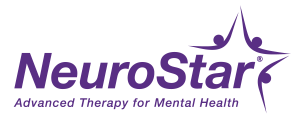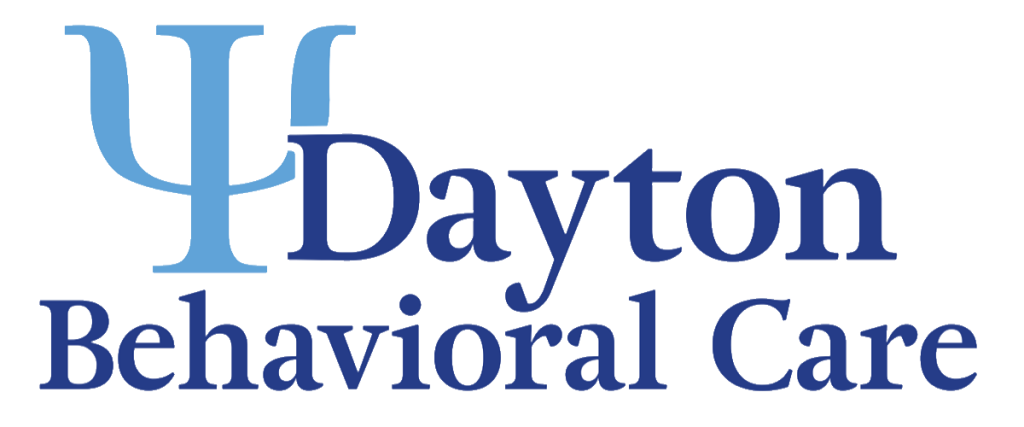Since the 1980s, transcranial magnetic stimulation has been used to study the nerve fibers that carry information about movements from the brain to the spinal cord and on to the muscles. In the late 1990s, physicians began to explore the therapeutic potential of transcranial magnetic stimulation for the treatment of a variety of diseases, with depression being the most thoroughly studied to date. Since then, more than 100 randomized, controlled trials studying transcranial magnetic stimulation as a treatment for depression have been conducted by investigators throughout the world.
NeuroStar® Advanced Therapy TMS (transcranial magnetic stimulation) was FDA-cleared in October 2008 for patients suffering from depression who have not achieved satisfactory improvement from prior antidepressant medications. TMS Therapy is a treatment that can be performed in a psychiatrist’s office, under his or her supervision, using a medical device called the NeuroStar® Advanced Therapy TMS system. Using pulsed magnetic fields, transcranial magnetic stimulation therapy stimulates the part of the brain thought to be involved with mood regulation. NeuroStar® Advanced Therapy TMS is a short outpatient procedure, performed in your psychiatrist’s office under his or her supervision while you remain awake and alert. NeuroStar® Advanced Therapy TMS is:
The typical initial treatment course consists of at least 5 treatments per week over a 4-6 week period, for an average of 20-30 total treatments. Each treatment session lasts approximately 19-40 minutes, depending on what the doctor determines is the correct protocol.
Learn more about TMS on our TMS Frequently Asked Questions page.

Through a magnetic coil, the NeuroStar® Advanced Therapy TMS system generates highly concentrated, magnetic fields which turn on and off very rapidly. These magnetic fields are the same type and strength as those produced by a magnetic resonance imaging (MRI) machine.
The treatment coil is applied to the head above the left prefrontal cortex. This part of the brain is involved with mood regulation, and therefore is the location where the magnetic fields are focused. These magnetic fields do not directly affect the whole brain; they only reach about 2-3 centimeters into the brain directly beneath the treatment coil. As these magnetic fields move into the brain, they produce very small electrical currents. These electrical currents activate cells within the brain which are thought to release neurotransmitters like serotonin, norepinephrine, and dopamine. Since depression is thought to be the result of an imbalance of these chemicals in the brain, TMS can restore that balance and, thus, relieve depression.
Learn more about NeuroStar® TMS Efficacy.
Learn more about NeuroStar® TMS Safety.
© 2024 Dayton Behavioral Care. All Rights Reserved.
